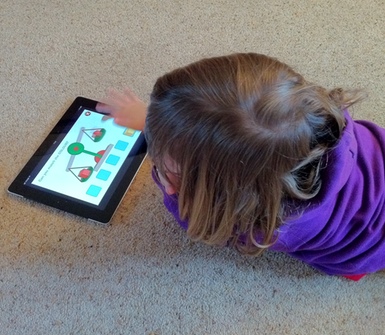Fraser works with schools and technology companies to enhance their approach to 21st century skills, teaching and modern technology provision.
Fraser is a well-known public speaker at events such as the Apple EU Leadership Summit, Abilene Christian University's 2011 Connected Summit and Macworld Mobile. He regularly works with schools around the world focusing on next-generation educational technology, teaching practice and curriculum.
Cedars School of Excellence is known as the first school in the world to roll out the Apple iPad on a 1:1 basis. Fraser is the Head of Computing and IT at Cedars and was responsible for the planning and execution of that project.
With a background in software development and systems administration, as well as being involved daily in the classroom, Fraser can offer a unique perspective on your school's technical and educational strategy. He's equally at home talking to your teachers and your technical team.
Whether you're interested in using iPads or other devices, if you're looking for a fresh take on your approach to technology in education, Fraser can help.
To enquire about working with Fraser, email [email protected]







